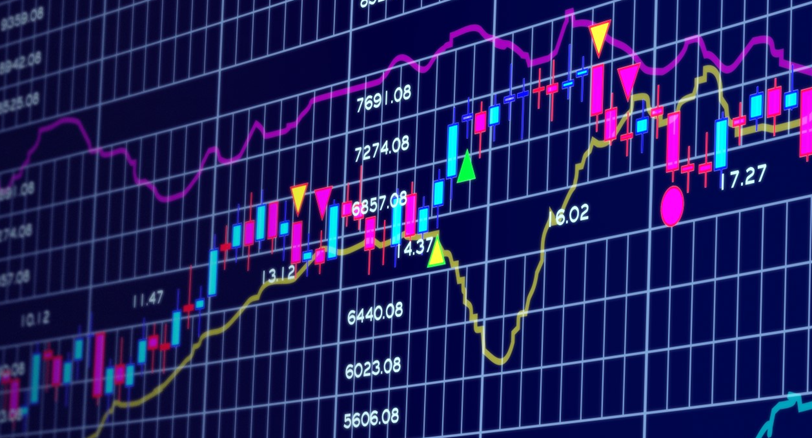
CFD stands for Contract For Difference. It is a popular form of derivative trading that allows you to speculate on the rising or falling prices of fast-moving global financial markets such as forex, indices, commodities, shares, and treasuries.
CFDs trading enables you to trade on the price movement of these financial instruments without actually owning the underlying asset. Instead, when you trade a CFD, you agree to exchange the difference in the price of an asset from the point at which the contract is opened until it is closed. One of the benefits of CFD trading is that you can trade on margin, paying just a small deposit for full market exposure. However, while this flexible leverage can magnify your potential profits, it can also amplify your potential losses.
When trading CFDs, you have the flexibility to trade in both rising and falling markets. If you believe the price of an asset will rise, you open a buy position (go long). If you believe the asset price will fall, you take a sell position (go short). For every point the price moves in your favor, you gain multiples of the number of units you have bought or sold. For every point the price moves against you, you will incur a loss.
CFDs are complex instruments that come with a high risk of losing money rapidly due to the nature of leverage. It’s crucial to have a good understanding of how CFDs work and the risks involved. Educating yourself, practicing with a demo account, having a risk management strategy, and choosing a reputable broker are important factors to consider before trading CFDs.
While CFDs offer an alternative way to trade on the financial markets, they may not be suitable for all investors. It’s essential to carefully consider your investment objectives, level of experience, and risk appetite before deciding to trade CFDs. Seek independent advice if necessary. Always remember that your capital is at risk.
